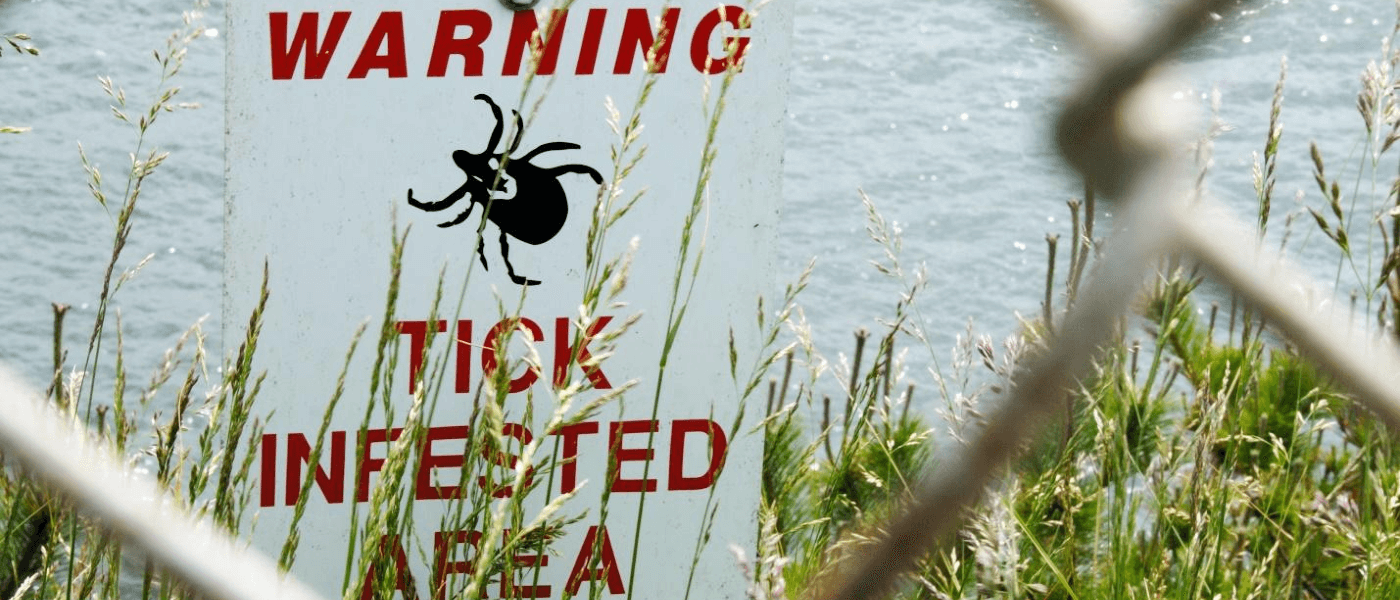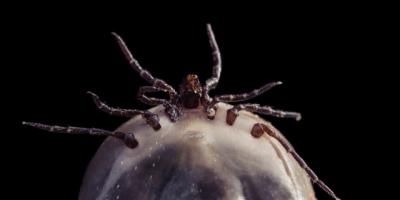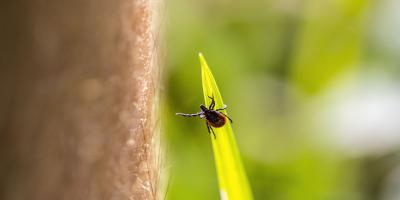How Bad is Lyme Disease, Really?

As the frigid cold winter recedes into the past and summer’s warm weather envelopes our whole region, the one thing on almost every New Englander’s mind is nature -- and getting back out in it. Waiting to welcome us, however, is a pest we might wish had stayed frozen in winter -- the ugly, loathsome, potentially even deadly tick.
For the last couple of decades, tick populations in New England and around the globe have been booming. This year, in fact, scientists have noticed an especially sharp increase in ticks. “We are seeing some really astronomical numbers,” Griffin Dill, manager of the University of Maine’s tick lab, told one local newspaper.
Those who’ve been following tick populations for years aren’t surprised. But they didn’t need an entomological crystal ball to predict this sharp rise in tick numbers -- they just needed to read the weather report and follow the clues from there.
The Tick-Tock Cycle of Ticks
Here’s how entomologists and biologists connected the dots: Weather patterns in some recent years have been great for farmers, resulting in record harvests, especially two seasons ago, in 2019. Larger yields of bigger crops meant more nuts and seeds for rodents to eat. More food created a rodent population boom, and with more rodents comes -- you guessed it -- more of the ticks that feed on them.
Ticks live relatively long lives (for an insect, anyway). It takes newborn larvae a full year to mature through the nymph phase of development and then become adults. That meant 2020 saw an increase in adolescent ticks, who are now, in 2021, full-grown adults.
Ticks Are Ticking Time Bombs
Everyone knows ticks are dangerous to humans, but for such a common pest, how bad can they really be? So bad, the Centers for Disease Control and Prevention maintains an entire tick information portal on its website, including a summary of tracking efforts, tick identification and information about tick-borne illness.
A few diseases carried by New England ticks include Rocky Mountain spotted fever, anaplasmosis babesiosis, and tularaemia; however, the most common among the dozens of different diseases spread by ticks is Lyme disease.
Lyme disease is characterized by fever, chills, headache and fatigue. Muscle and joint pain are also common, as are swollen lymph nodes and a rash. These symptoms can progress into heart problems, dizziness and shortness of breath. Inflammation of the spinal cord and brain can occur, along with nerve pain, numbness and tingling.
Left untreated, Lyme can cause permanent damage, advancing into arthritis, brain disorders and permanent numbing in the limbs. Some people ultimately even die from complications associated with Lyme disease.
Lyme disease is caused by a bacteria present in the blood of a host animal, which then spreads to other hosts. There’s no way to totally prevent Lyme disease, but a course of antibiotics can treat it. Even after treatment, however, there can be lingering side effects similar to the disease’s symptoms.
Protection is the Only Real Cure
The only ways to guard against Lyme disease is to protect yourself from being bitten by a tick in the first place, and remove the pest quickly if you do find that you were bitten. There are a few key steps you can take to avoid ticks this summer, including:
- Avoid the grassy, bushy areas where ticks hide.
- Keep lawns, shrubs, wood piles, and other outdoor features trim and neat to reduce their hiding spots.
- Always use an insect repellent when venturing outdoors.
- Treat your pets for ticks and inspect their fur regularly.
- Guard your home and yard against rodents who may be carrying ticks.
But the most effective step you can take to prevent tick bites is to have a professional pest control company treat your whole property for ticks. That doesn’t protect you on nature walks beyond your property, of course, but it does give you a safe zone where you can more comfortably enjoy the outdoors, knowing there’s at least a 90% decrease in the tick population around your home.
Ticked off about ticks? Contact us today to schedule a free consultation and quote.



